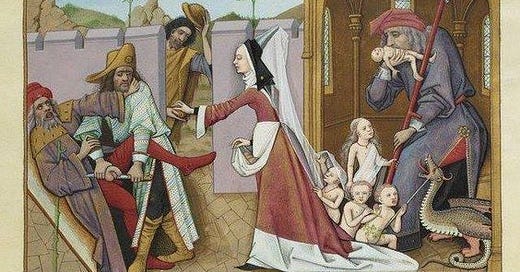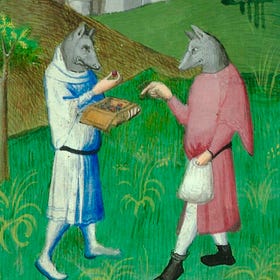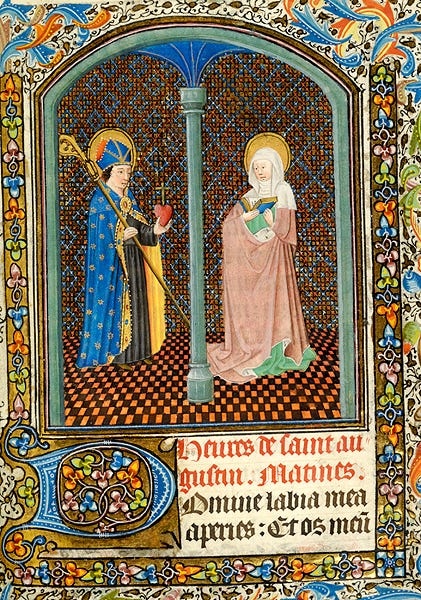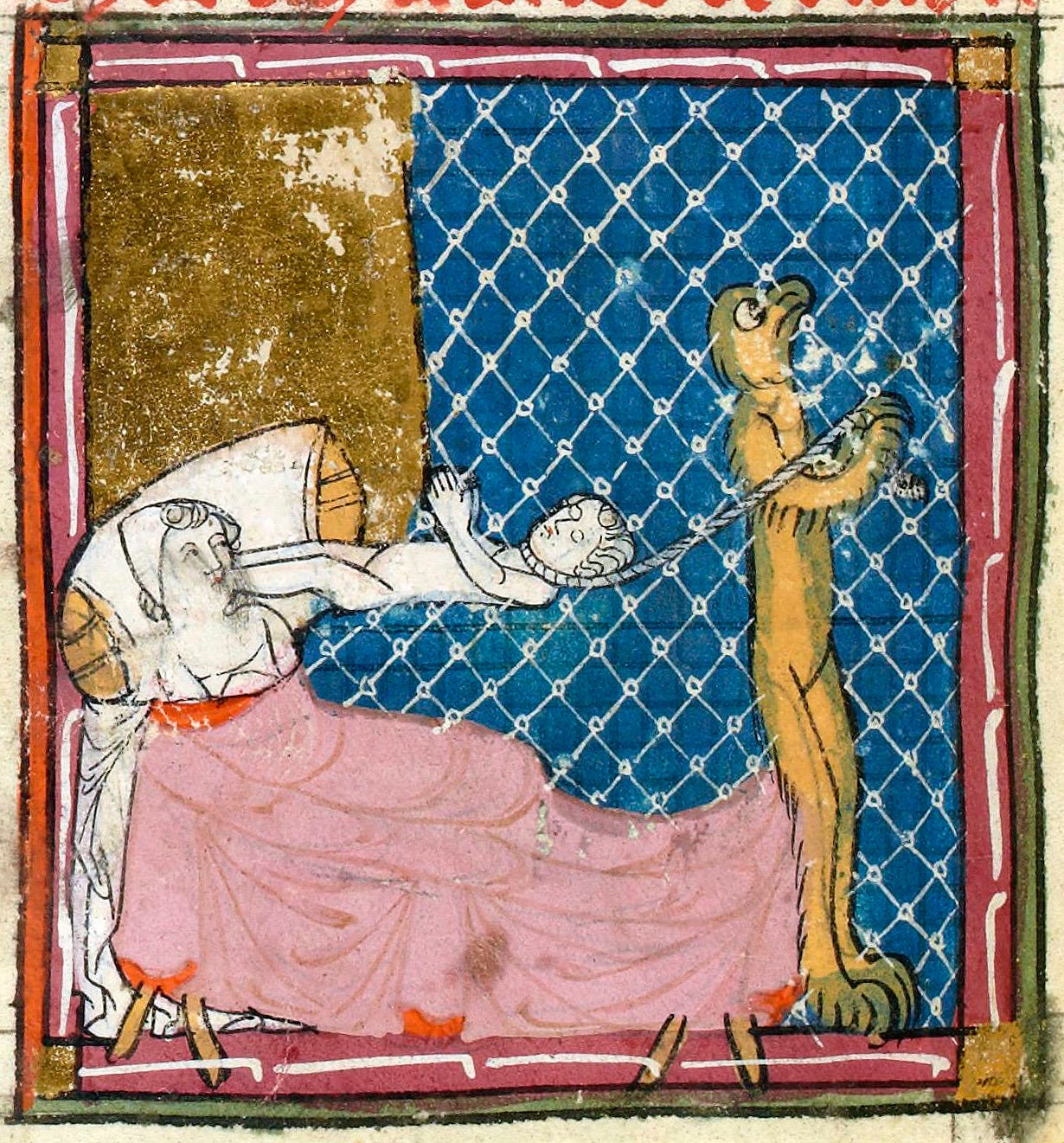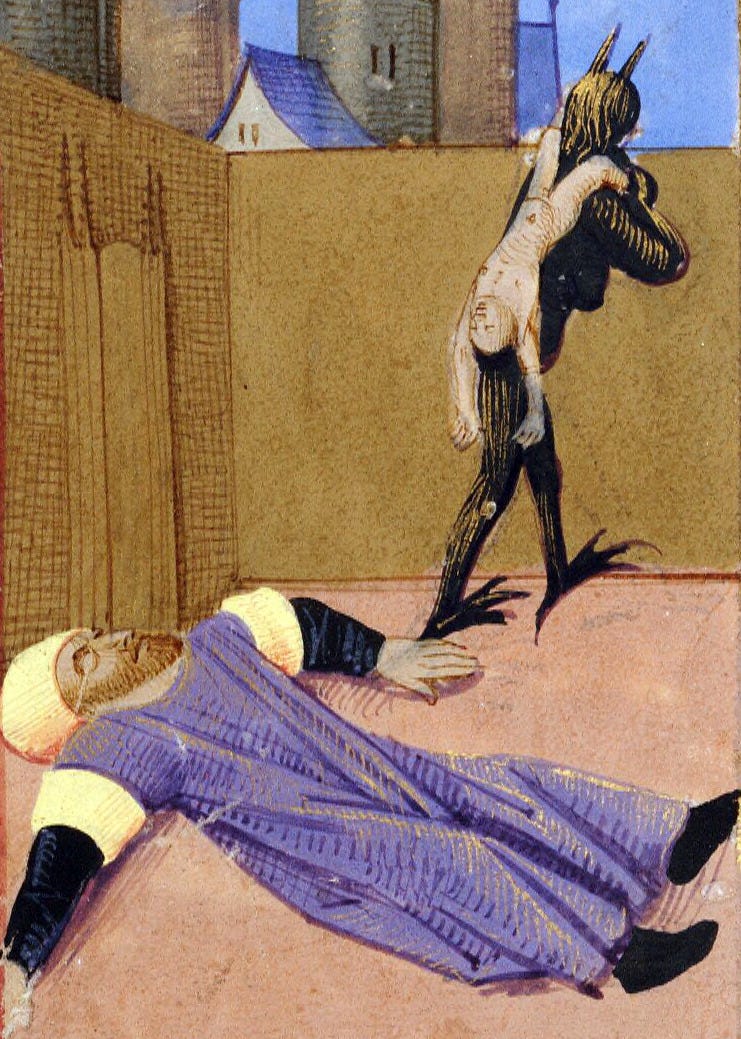Tiny Souls, Dog-men, and the Monstrous World
Part I on how soul theology separated man from dog—but in blurring that line, humanity was revealed—and how gestures figure in.
Recapping Marvels, plus some Soul Doctrine
When introducing medieval marvels, I mentioned the ‘monstrous species’—strange peoples on the peripheries of the (un)known world. In that article, the context reduced them, in a way, to objects. At best they seem like stories. These were strange wonders to be admired, living out there, somewhere to be found—the same as fossils, plants, and food. Have a refresher:
Introducing the Medieval Marvel
‘…A man who goes from Cathay [China] towards India the Greater and the Lesser will go through a kingdom called Cadhilhe [Kao-li, possibly Korea], which is a great land. There grows a kind of fruit as big as gourds, and when it is ripe men open it and find inside an animal of flesh and blood and bone, like a
But in our historical reality, medieval people, especially philosophers, had a more specific way of thinking. These (monstrous) peoples were either real or they were not. The answer to that was moot and essentially unimportant—evidence was patchy but there were authorities on both sides. Anyway, it was a given that God could create such things. The real question was if they were real, then were they human?
Or put it this way: just how human were they?
Soteriology
To get stuck into this post, I reread my undergraduate dissertation. The title was How did Gestures reveal Rationality and Humanity in the Monstrous Races and Nonhuman Animals? Today we will briefly touch upon it as we take a more general survey, asking the question—what did it take to be ‘human’ in medieval European thought?
As you may not be surprised to hear, this is a fundamentally theological question. It is the imperative of a Christian to save his fellow man, to convert him, and ensure his soul has the chance of Heaven and/or a shortened time in Purgatory. This was the extra Ecclesiam nulla salus (“no salvation [of the soul] outside the Church”) doctrine. It had been a hot topic since Late Antiquity (~200-700s) with Biblical origins. The enigmatic Pope Boniface VIII (r.1294-1303) promulgated the doctrine in his Papal bull Unam sanctam (1302) during a power struggle over supremacy with the most powerful Crowns in Europe.

So, all humans need their soul saved according to Christianity. But what about these ‘monstrous’ tribes or races of peoples populating the (fringes and peripheries) of the world? Are they men? Do they need saving? How did Christians deal with this question?
Saint Augustine and the ‘Rationality Test’ of the Soul
Saint Augustine (354-430) proposed that the answer to the question of humanness (and the need to be saved) was: are they rational?
Augustine was talking about the dog-heads when he said this—if they exist, the test is whether they are rational. If they are rational, they are fundamentally human. It’s worth noting humans could act irrationally—such were ‘wild men’ or ‘woodwoses’—but that didn’t mean they lacked a rational and therefore human soul. It is rather about the capacity for rationality.
How do we understand rationality? That’s quite a loaded term and takes some unpacking. And how are gestures related to that?
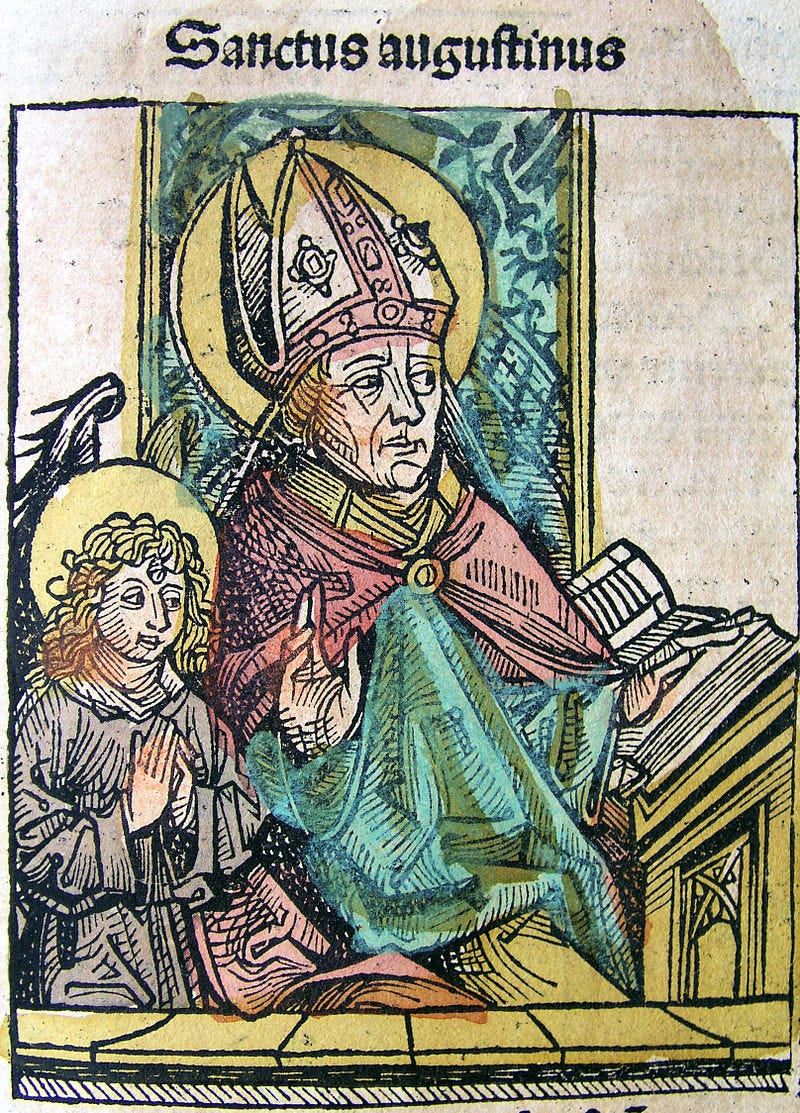
A bit of soul theory
Once Aristotle and his Arabic commentators were translated in the twelfth century, entering Europe first through Iberia, this rationality test was doubled-down. The scholastics, especially Thomas Aquinas (d.1274), crystallised the theology about rationality by relating it to the soul. After Purgatory was introduced/systematised as a formal doctrine, it became vital to confirm man possessed an immortal soul but a mortal body. This soul would go to Purgatory, endure untold horrors to cleanse sin, then return to the body for the Resurrection at the End of Time.
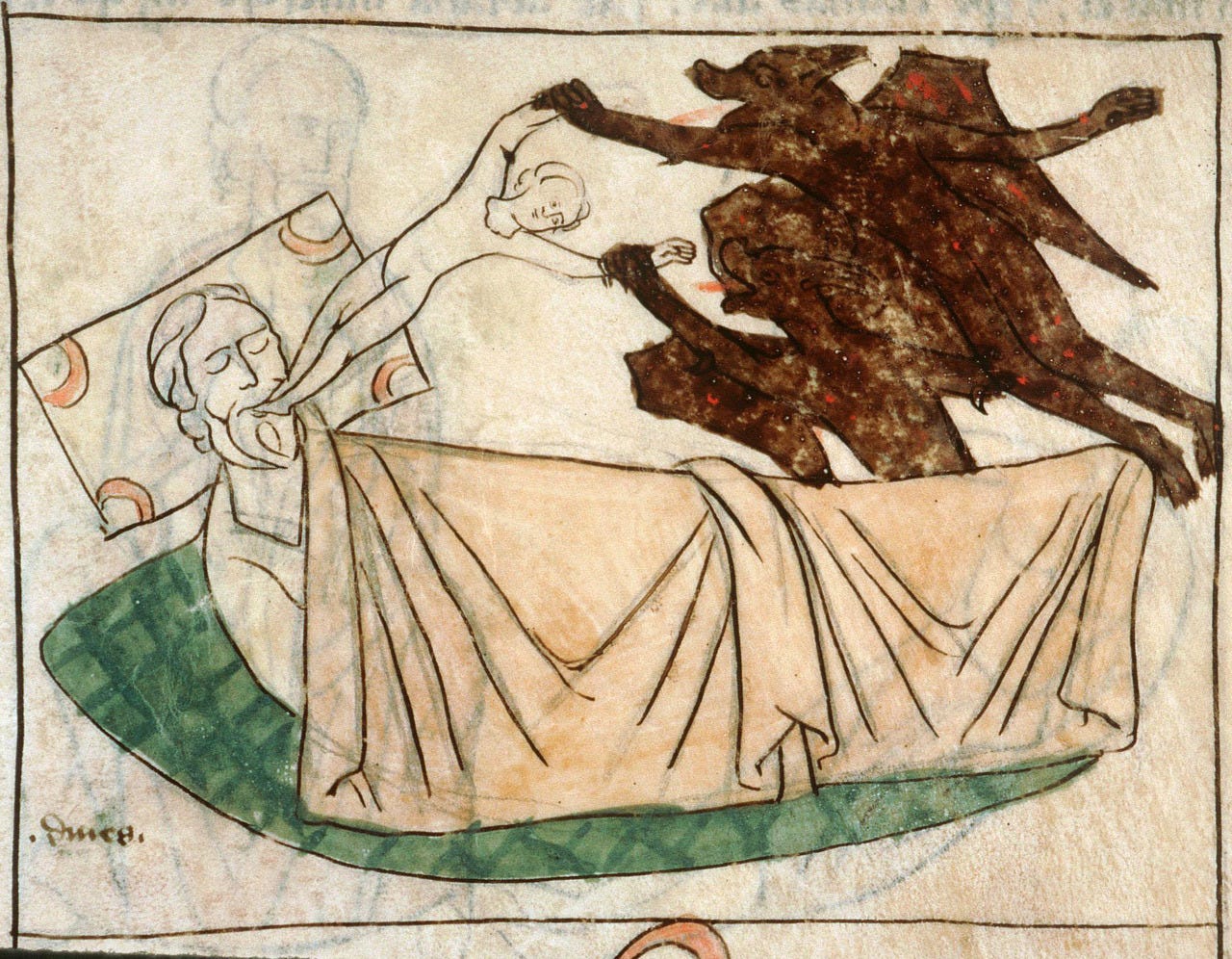
But this was possible because rational souls are immortal souls. Angels and demons also possess these immortal, immutable, rational souls. Animals possess mortal souls—their souls die when their bodies die. Man is somewhere in the middle: the body dies, the rational, immortal soul, does not.
Keep reading with a 7-day free trial
Subscribe to Livres des Merveilles: Cabinets of Curiosities to keep reading this post and get 7 days of free access to the full post archives.


